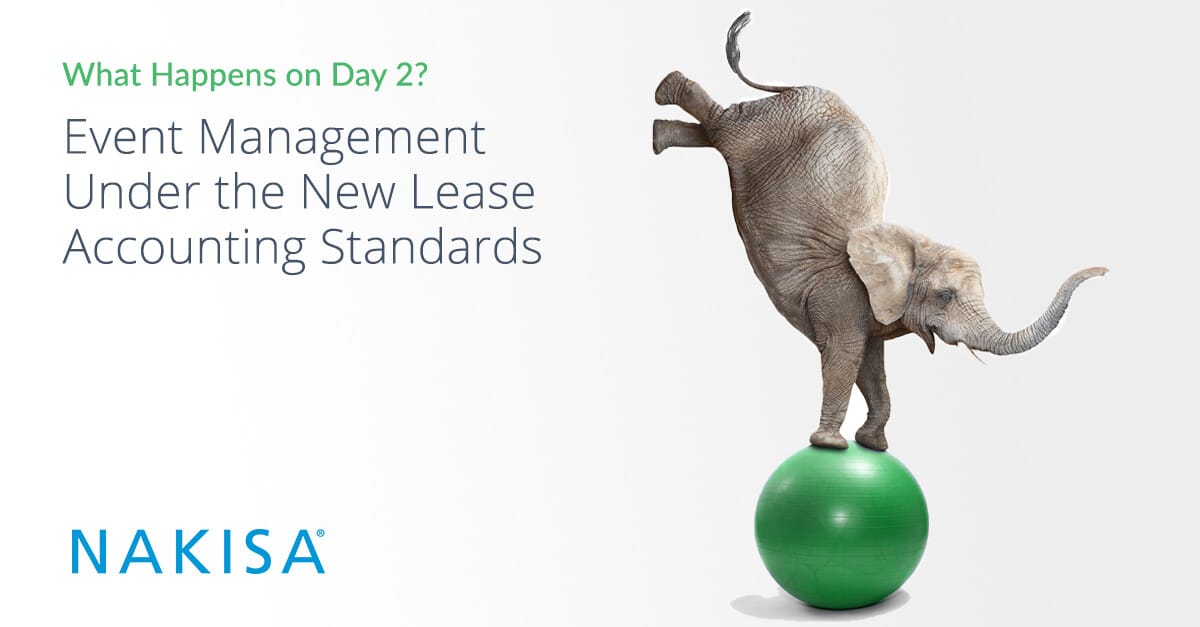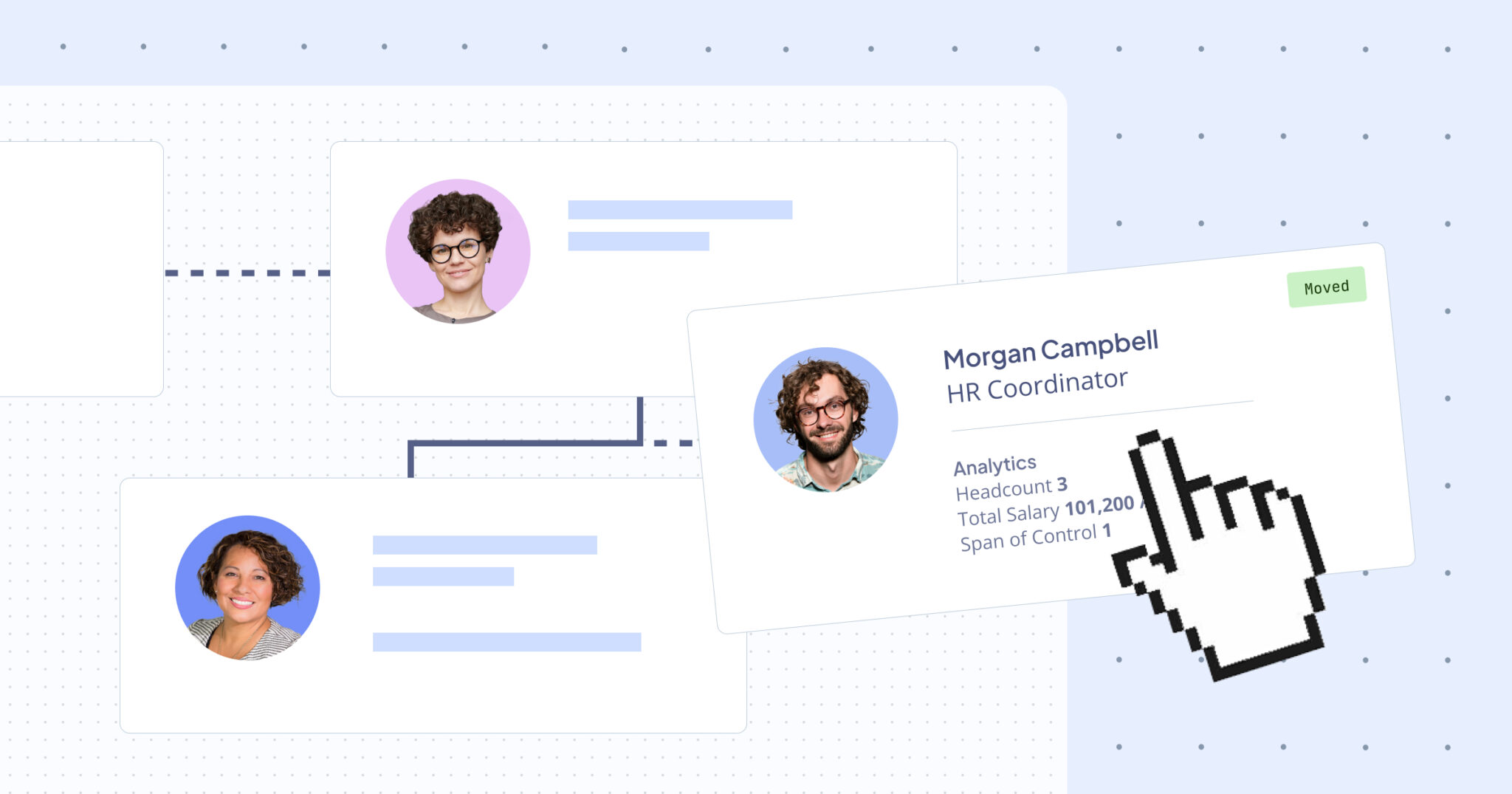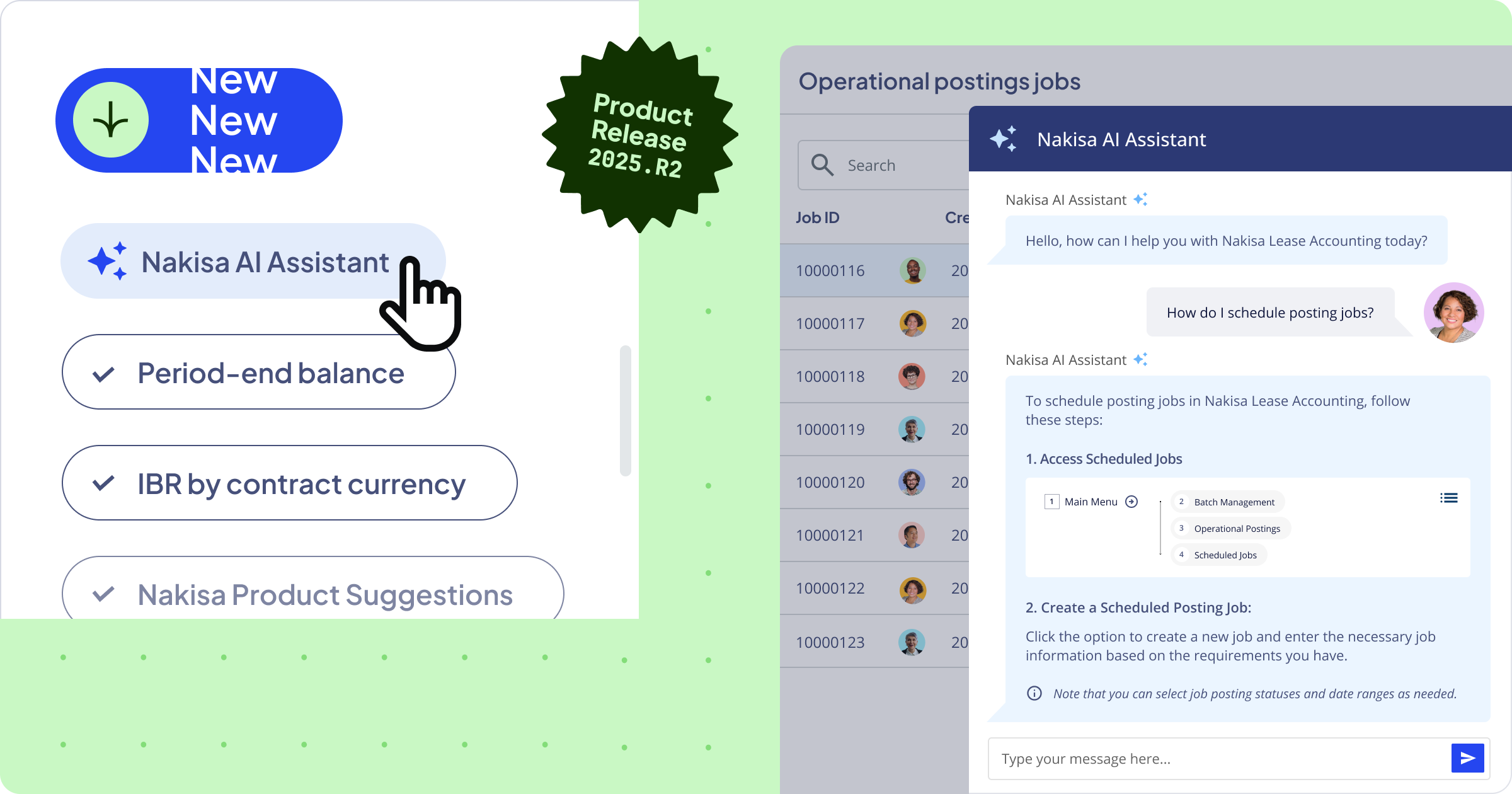“Now, this is not the end. It is not even the beginning of the end. But it is, perhaps, the end of the beginning.”
Sure, Winston Churchill wasn’t talking about lease accounting when he made this famous speech—he was reflecting on a recent British victory over Germany during World War II. But, organizations who are furiously working to comply with the new IFRS 16 and ASC 842 lease accounting standards would do well to heed Churchill’s warning.
Over the past several years—since the new standards were announced—organizations of various sizes and in various industries have been collecting and organizing important lease data, calculating obligations, and determining current right-of-use assets to ensure they are complying with the standards from the first day they take effect.
But what happens on Day 2?
Come January 2019, when the standards take effect, the work of accounting teams will not be over—not by a long shot. Due to the complexity of the new standards, and new requirements for reporting, accounting teams will need to make important accounting updates when certain lease changes or events occur.
Let’s take a look at three key lease management events and what they mean for you under the new standards:
- RemeasurementThe new standards require lessees to reassess the classification of their leases and remeasure lease payments when certain lessee-controlled or contractual triggering events change the lease’s termination or extension options. Let’s say you’re a lessee whose business plans have recently changed, and you decide to extend a current lease, even though you had previously planned to exercise a termination option at the end of the lease’s term. Under the new standards, you might be required to reclassify that lease and then remeasure it on that triggering event date. Remeasurement of lease payments also requires a remeasurement of the lease liability, which then triggers an adjustment to the right-of-use asset.
- ModificationsModifications are made when lessees and lessors renegotiate lease terms and subsequently amend the lease. If you’re a lessee who wants to extend your lease and there’s no extension option in your current contract, or want to lease more of a particular asset—for example, space in your building--these would require modifications to your lease contract. Lessees and lessors may decide to either modify their current lease or create a separate new lease, based on the particular circumstance. When a lease is modified, lessees and lessors will need to determine the contract’s lease and non-lease components and then remeasure lease payments based on the new assets and data.
- TerminationsAs they say, “All good things must end.” When a lease comes to its term end the lease liability and right-of-use asset will naturally be reduced to zero. When a lessee decides to buy-out a leased asset before the lease end, the right-of-use asset would be reclassified as an owned asset. For lessors, when a sales type or direct-financing lease term ends, the net investment is reclassified to the appropriate asset category. For operating leases, lease balances become zero. If leases are terminated before the lease term, lessors have several accounting options based on their specific situation.
These are mere snapshots of the events that will trigger required lease accounting updates under the new IFRS 16 and ASC 842. If it hasn’t become clear already: the new standards bring a higher level of complexity to previous lease accounting practices.
As PwC’s Ashima Jain says in a recent podcast on lease events, “Unlike the previous guidance, the new model is not a ‘set it and forget it’ model…”
The question for organizations now is: Are you ready to comply with the impending standards? More importantly, do you have systems in place for navigating the increased complexity starting on Day 2?
This is where comprehensive lease accounting software—like Nakisa Lease Administration—can play an important role.





